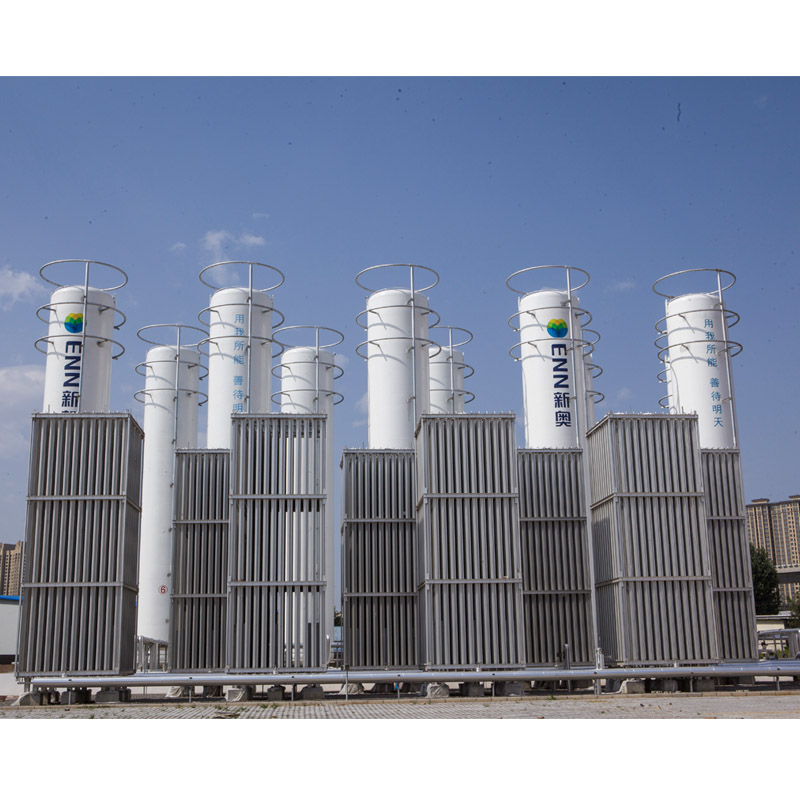
Dec . 04, 2024 16:46
Back to list
relief valve
Understanding Relief Valves Function, Types, and Applications
Relief valves are critical safety devices used in various industries to prevent overpressure situations, which can potentially lead to catastrophic failures. Their primary function is to automatically release excess pressure from a system, ensuring that operational pressures remain within safe limits. This article will delve into the definition, types, working principles, and applications of relief valves, highlighting their importance in industrial and commercial settings.
Definition and Function
A relief valve is a mechanical device designed to limit the pressure within a vessel or system by allowing the flow of fluid out of the system once the preset pressure is exceeded. This is essential for protecting equipment such as boilers, pressure vessels, and pipelines from damage caused by excessive pressure. Relief valves act as a safeguard against potential explosions, equipment failures, and hazardous incidents that can arise from overpressure conditions.
When the pressure inside a system reaches a predetermined threshold, the relief valve opens, allowing fluid to escape and thereby reducing the pressure to a safe level. Once the pressure drops back to within acceptable limits, the valve closes, stopping the flow of fluid. This automatic operation ensures continuous protection without the need for manual intervention.
Types of Relief Valves
Relief valves come in several types, each suited for different applications based on operational requirements. The most common types include
1. Spring-loaded Relief Valves These are among the simplest and most commonly used relief valves. They use a spring mechanism to hold the valve closed until the pressure exceeds a certain limit, at which point the spring compresses, allowing the valve to open.
2. Pilot-operated Relief Valves These valves utilize a smaller pilot valve that is operated by the system pressure. They offer higher flow rates and are suitable for applications where precise pressure control is required. The pilot valve governs the opening and closing of the larger main valve.
3. Balanced Bellows Relief Valves These valves are designed to minimize the effects of back pressure on the valve performance. They are particularly useful in situations where the discharge pressure can fluctuate, ensuring reliable operation.
4. Excess Flow Valves Designed to close when the flow rate exceeds a predetermined limit, these valves serve as a safeguard against excessive flow conditions, which can lead to overpressurization.
5. Pressure Relief and Pressure Vacuum Valves These valves are specifically designed for storage tanks to protect against both excess pressure and vacuum conditions.
relief valve

Working Principle
The working principle of relief valves involves the interplay between pressure and mechanical force. In most spring-loaded designs, the valve remains closed against the force of the spring when the system pressure is below the set point. As pressure increases, it exerts force on the valve disc, countering the spring's force. When the pressure reaches the set point, the force exceeds the spring force, and the valve opens, allowing fluid to escape until the pressure drops back down to a safe level.
In pilot-operated valves, the pilot mechanism allows for finer control of the opening and closing processes, enabling the valve to react more efficiently to fluctuations in system pressure.
Applications
Relief valves are employed across a wide range of industries, including
- Oil and Gas In upstream and downstream applications, relief valves protect pipelines and processing equipment from overpressure conditions caused by mechanical failure or unexpected surges in flow.
- Power Generation Boilers and turbines rely on relief valves to maintain safe operating pressures, preventing severe damage and ensuring operational safety.
- Chemical Processing Many chemical reactions can lead to rapid temperature and pressure changes. Relief valves are essential for maintaining the integrity of reactors and vessels.
- Water and Wastewater Systems These valves protect pumps and piping systems from overpressure due to blockages or sudden changes in flow.
- Manufacturing Many industrial processes utilize steam and pressurized gasses, making relief valves crucial for protecting machinery and personnel.
In conclusion, relief valves are indispensable components of modern industrial systems, ensuring safety and operational integrity. Their ability to manage and mitigate pressure fluctuations protects both equipment and personnel, making them essential for a wide array of applications across different industries. Understanding the types, functioning, and applications of relief valves can enhance safety practices and promote better system design.
Next:
Latest news
-
Safety Valve Spring-Loaded Design Overpressure ProtectionNewsJul.25,2025
-
Precision Voltage Regulator AC5 Accuracy Grade PerformanceNewsJul.25,2025
-
Natural Gas Pressure Regulating Skid Industrial Pipeline ApplicationsNewsJul.25,2025
-
Natural Gas Filter Stainless Steel Mesh Element DesignNewsJul.25,2025
-
Gas Pressure Regulator Valve Direct-Acting Spring-Loaded DesignNewsJul.25,2025
-
Decompression Equipment Multi-Stage Heat Exchange System DesignNewsJul.25,2025

